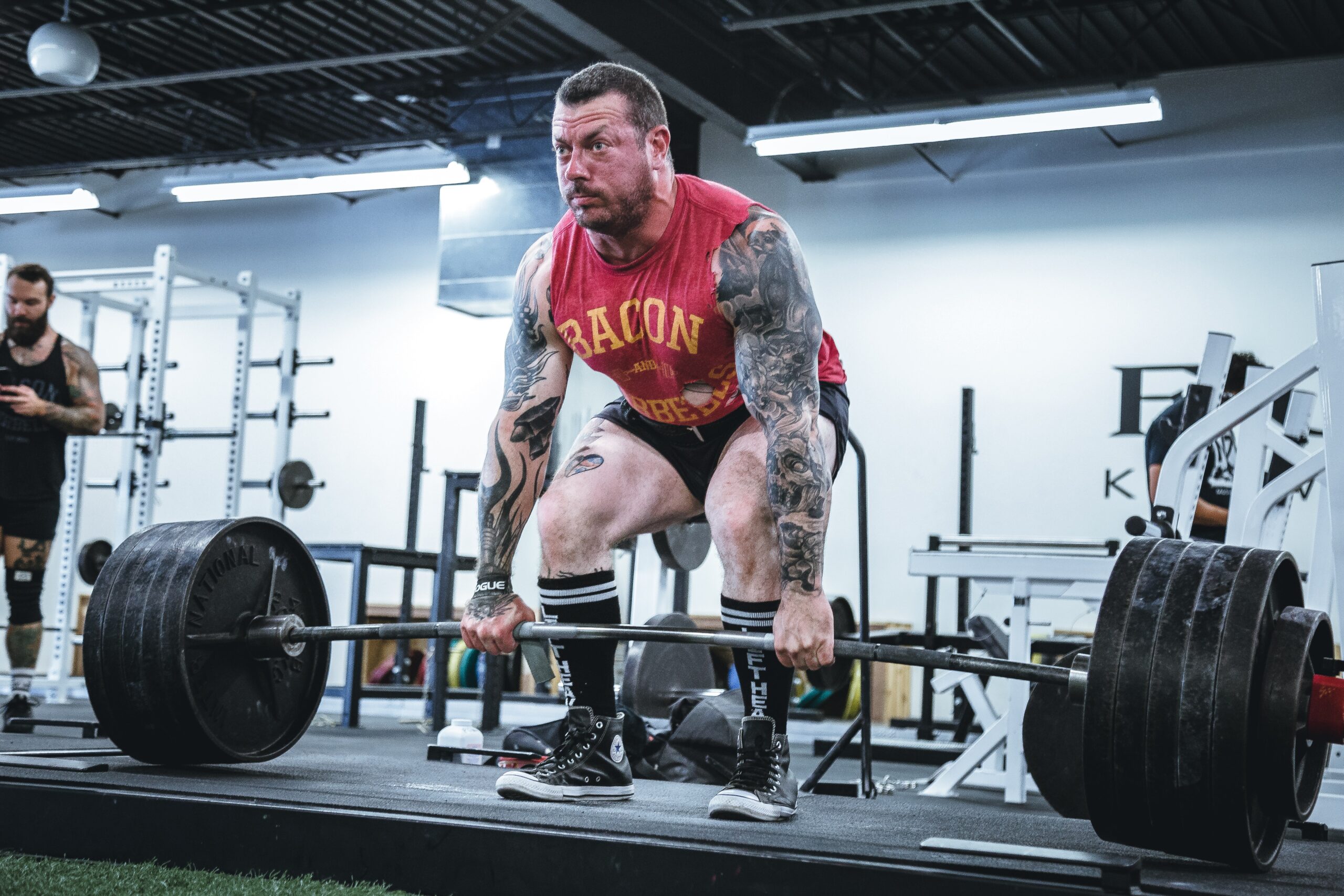



The deadlift is a fundamental strength exercise with significant real-life applications in bending and lifting. Often considered the original strength move, its simplicity and effectiveness have made it a staple in strength training.
Let’s delve into its variations, benefits, and how coaches can select the best options for their clients.
The deadlift, named for lifting “dead” weight from the floor, was popularized by German circus performer Hermann Goerner between 1910-1930. Known as the “father of the deadlift,” Goerner showcased remarkable feats of strength, cementing the deadlift’s place in strength training.
The traditional deadlift involves lifting a weight from the floor, demanding significant leg and back strength. This move requires good range of motion (ROM) as the lifter must flex at the knees and hips, similar to a squat but with a greater forward lean.
Benefits:
Romanian Deadlift (RDL)
The RDL starts at the top of the movement, with the bar lifted from a rack. The lifter lowers the bar to the mid/lower shin and then lifts it again, requiring less knee ROM.
Benefits:
Starting similarly to an RDL, this variation involves lowering the bar while keeping the knees straight, emphasizing hip ROM and targeting the glutes and hamstrings.
Benefits:
With a wider foot position and a narrow hand grip, the sumo deadlift is often used in powerlifting. It requires less hip ROM, making it easier on the back.
Benefits:
This variation, performed on one leg, requires a lighter load and enhances balance and stability.
Benefits:
The deadlift and its variations are excellent for developing hip, knee, and spine extensor strength. Incorporating different versions can keep training interesting and beneficial for clients. It’s crucial to choose the right variation based on specific goals and capabilities.
Key Takeaway
There’s no wrong movement – only movements that a client may not yet have the capacity for. Using this guide can help you make more informed programming choices for incorporating this powerful strength exercise.
References